To say that I am fond of ravens is an understatement. Over the last twenty years guiding in Alaska and Canada I have collected enough stories to write a book, which I will eventually. Check out one of the first articles I wrote for Natural Habitat about Ravens in 2011. I will admit that I entertain some superstitions when it comes to finding and observing wildlife involving karma, respect and the emotional intelligence of bears, wolves and ravens. These ideas aren’t easy to explain in words, but can be illustrated in examples and stories. Who knows what the truth really is, but it is no surprise to me that most indigenous people of North America, and throughout the world, revered ravens as Godlike entities.
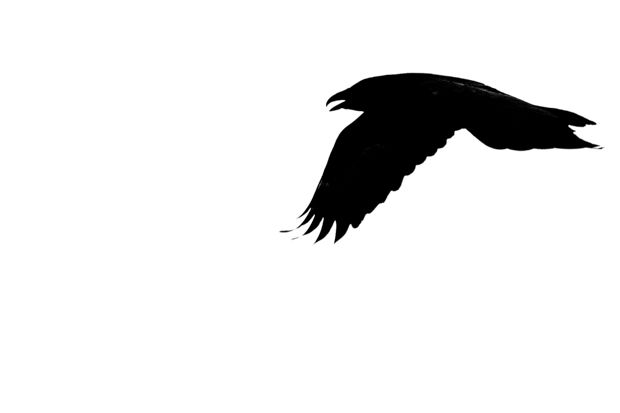
.
Viewing wildlife can test patience. Guides like myself must have many tools and tricks to pass the time with our clients that entertain and educate them until action happens. I remember a very special day last fall when bears were few and far between. I decided to stay and wait with one large single male who was sleeping on the beach rather than drive all day looking for more. I told lots of stories, including many illustrating my appreciation of ravens. Years ago I began to notice that when I would talk about ravens our luck would always change- something amazing always happens. Sure it could be a coincidence, but I have lots and lots of examples! That day my group began to get very ancy, and after hours of being patient and listening to me talk about ravens our luck finally changed and we had some of the best wildlife encounters come right to us. A snowy owl landed nearby, then two ravens picked a fight with him, an arctic fox ran past our sleeping bear and woke him up, and then another big male arrived and charged the original bear. At the end a mother and young cub arrived. I wrote an article about this amazing day showing the resulting images and speaking on patience when viewing wildlife.
Northern Manitoba has had a colder, earlier winter than anyone can remember since the early 1990’s. This is great news for the bears, because they have more time to hunt seals on the ice-flow edge. We cannot go onto the ice, as it is far too dangerous, so when the ice edge is a mile or more offshore we have a very difficult time finding bears. My last trip was a photo trip, so we had 3 full days on the rover to search for bears. The first day we found a few, but the northwest wind and subzero temperatures jammed miles of ice as far as the eye could see and we only found one sleeping bear on day 2. That night, however, a strong south wind blew most of the ice offshore and to the north, so some of the bears returned to the beach. I spotted a few bears on the distant horizon making their way back to the shoreline, so the driver Mike and I decided to go to the same “lucky spot” from last fall, wait, and tell stories about ravens. It worked! One of the bears beelined it for our location, and several arctic foxes showed up and hunted for lemmings next to us. The male bear bedded down next to us for about an hour, then headed back onto the ice. I spotted a mother and two cubs a mile to the west, bedding down on the beach, so we decided to make our way there. As we drove out we were held up by another arctic fox, and watched him for a while. Before we left I took one last look to the west at the bear family and noticed the male was approaching them, and caused them to head our direction, so we shut down, waited patiently and hoped for the best. About 15 minutes later she and the cubs arrived and we spent an amazing hour up close and personal to a beautiful family of bears. As the bears settled near us a raven landed behind them. Surely it is all coincidence, but it can never hurt to pay respect to the raven who has been admired and respected by humans for thousands of years. Next time you see a raven don’t just dismiss it as a common junkyard bird and maybe your luck will change!
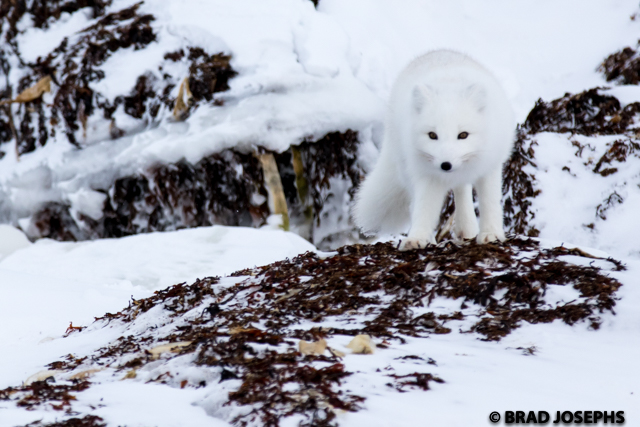
arctic fox
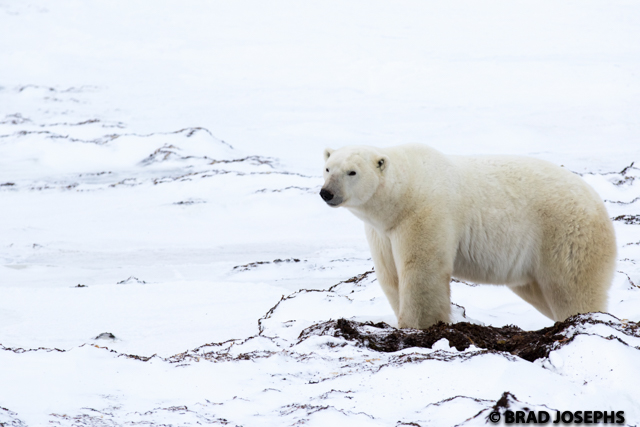
this healthy male was a speck on the horizon, but eventually came to rest next us on the beach.
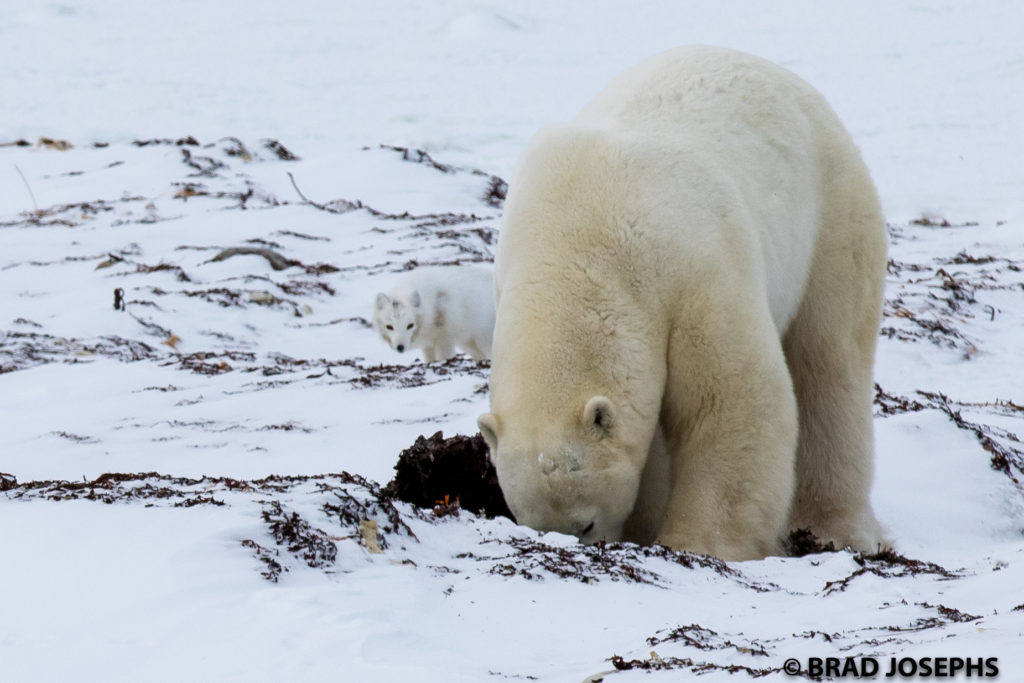
A fox takes a peek to see what the male bear is doing as he digs himself a bed in the dead kelp piles on the beach.
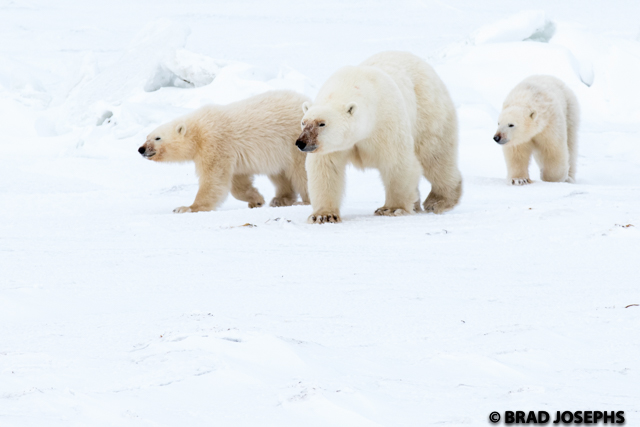
The family of three seemed to track the males trail right to us, where she remained for about an hour.
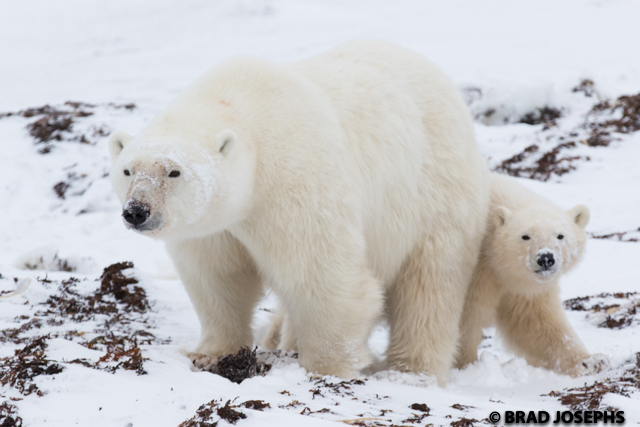
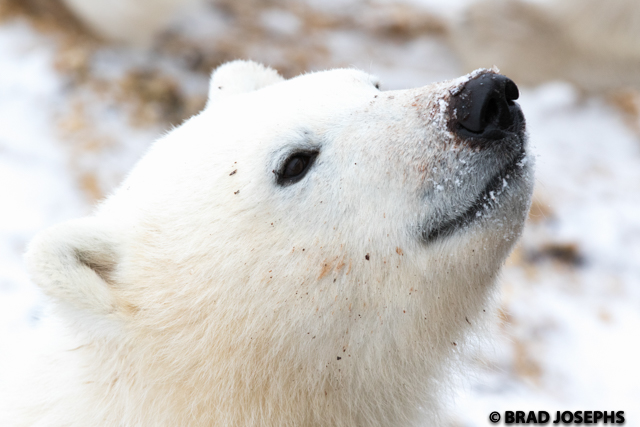
There are few animals as cute as a polar bear cub. These guys will celebrate their first birthday around Christmas.
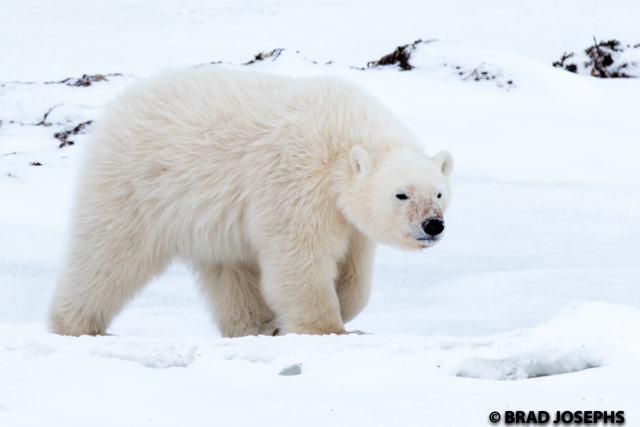
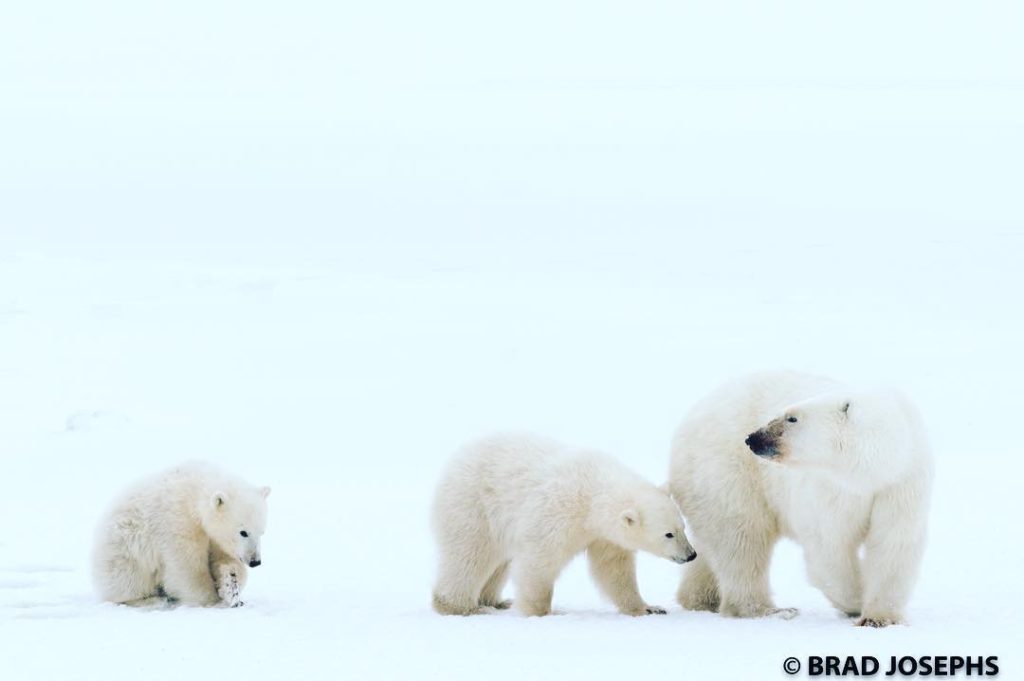
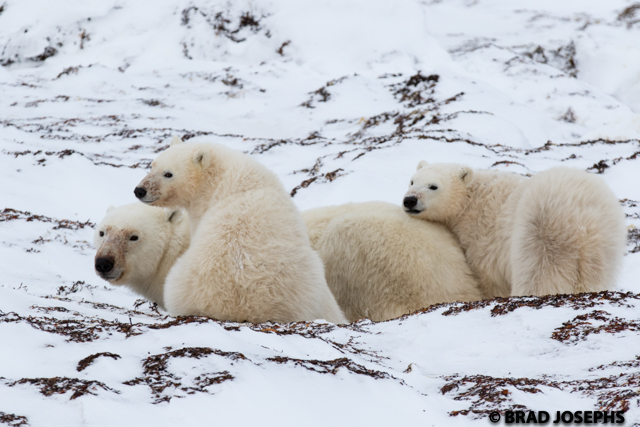
The mother dug a little nest in the kelp berm and took a short nap.

Nicole Jaffe was excited to get a full frame portrait of a cub’s face!
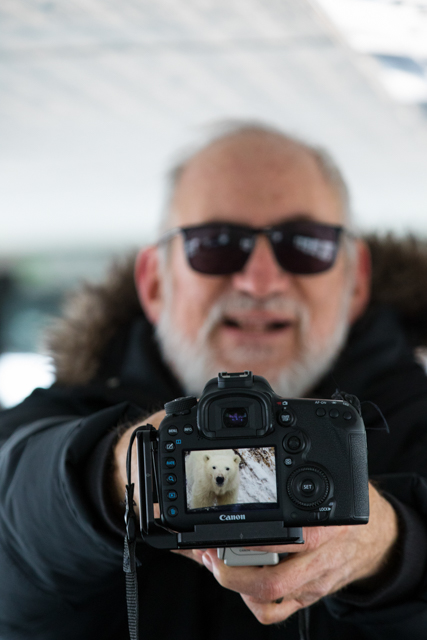
Larry Tietze, on his third nathab bear of the year did well!
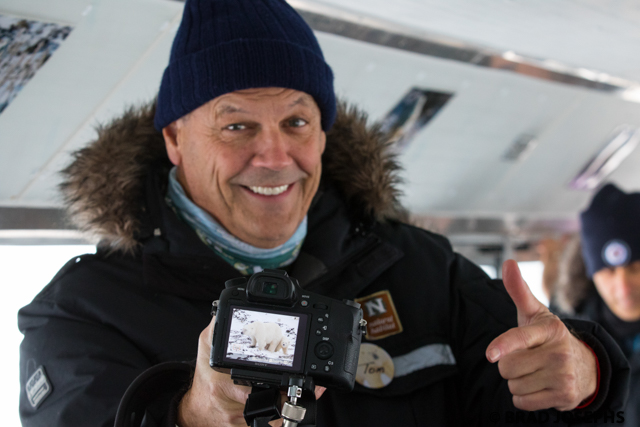
Tom Johnson shows off one of his favorite shots of the afternoon.

Nicole Jaffe and polar bear
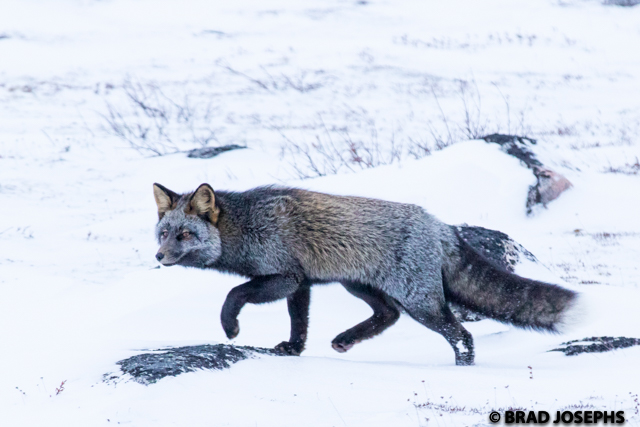
We capped this amazing day with a stunning silver fox! This is a color phase of the red fox that is rare in other places, but common in Churchill.
Keep exploring! Brad

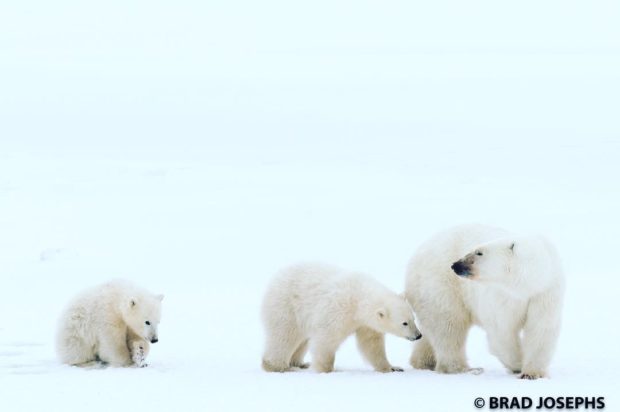


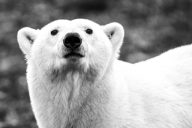

No Comments